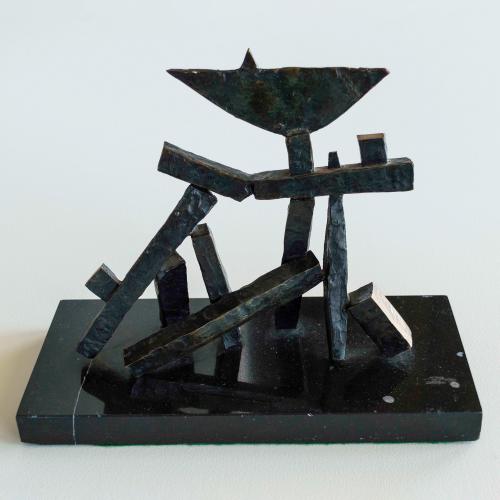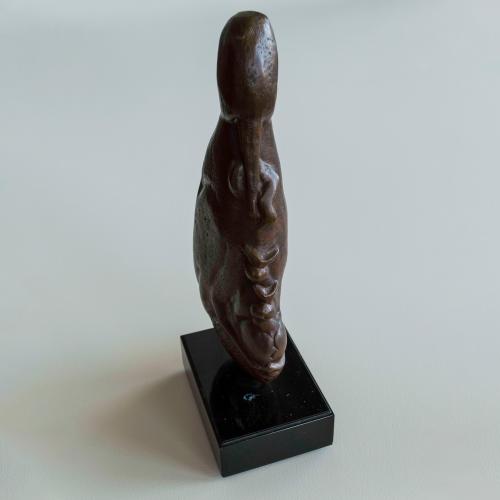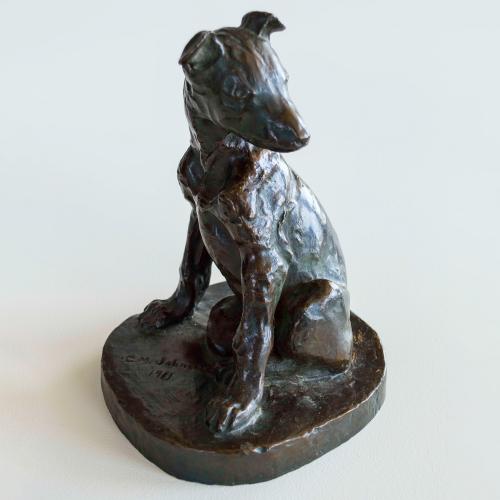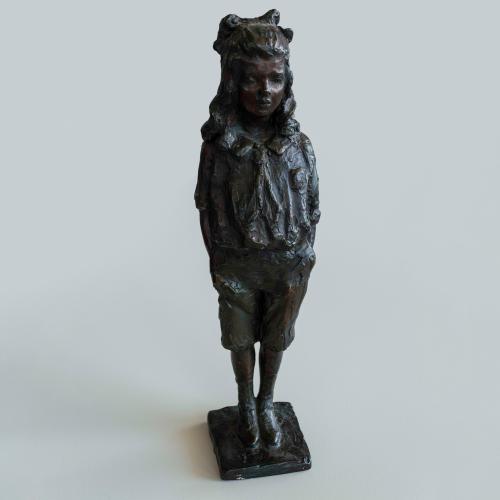
The Historic Woodstock Art Colony: Arthur A. Anderson Collection
Long before the famous music festival in 1969, Woodstock, Ulster County, was home to what is considered America’s first intentionally created, year-round arts colony—founded in 1902 and still thriving over 100 years later. Unlike other colonies, artists in Woodstock have worked in a remarkable range of styles and media. Here we present a sample of sculpture: a lively greyhound puppy by Grace Mott Johnson, Gertrude Vanderbilt Whitney’s portrait of her daughter, an almost abstract bird by John Flannagan, and a geometric abstraction by Edward Chávez. All are part of the generous gift of the Historic Woodstock Art Colony collection from Arthur A. Anderson.
New York State Museum Collections
Edward Chávez (American, 1917–1995)
Abstraction, n.d.
Bronze
John Flannagan (American, 1895–1942)
Maternal Bird, n.d.
Bronze
Grace Mott Johnson (American, 1882–1967)
Young Greyhound (Greyhound Pup), 1911
Bronze
Gertrude Vanderbilt Whitney (American, 1875–1942)
Young Girl, or Wallflower, 1913
Plaster with patina finish
Guiding Questions:
- Why would an artist choose to create a sculpture instead of a painting?
- Why would creating a sculpture be difficult?
- What do the sculptures look like?
Learn more about the Arthur A. Anderson collection:
www.nysm.nysed.gov/exhibitions/arthur-anderson-collection.






